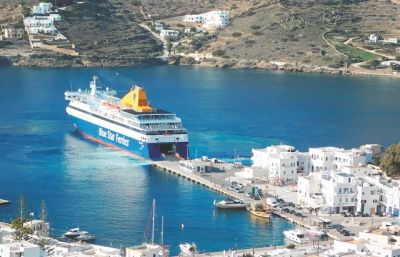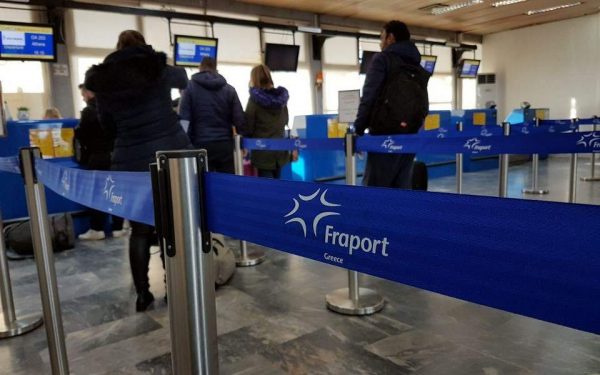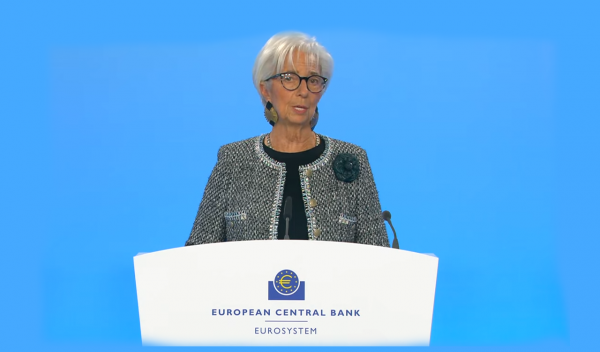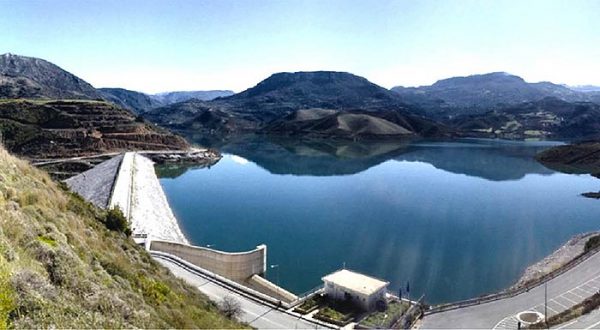
Large and small Greek ports, 61 in all, are racing to implement investments of up to 90 million euros in order to adapt to the new rules for the entry and exit of third country (beyond Schengen) nationals.
The deadline is May 1, 2023, and some are hoping for further extensions to the implementation of the regulations by the EU, as other countries also face adaptation problems. The new requirements of the Schengen treaty may deprive Greece of the possibility of access for cruise ships, yachts and pleasure boats from third countries, while at the same time the daily connection of the islands of the South and North Aegean with the Turkish coast will stop.
The new procedures, which mean extra workload, have to be implemented at all Border Crossing Points (BCPs) in the country, which are 17 land, four rail, 28 air (airports) and 61 sea. Of the 61 institutionalized maritime Border Crossing Points, 12 are Port Authorities, 43 are Prefecture Port Funds or Municipal Port Funds and six are private ports.
No space
Most Greek ports have insufficient space to impement the appropriate infrastructure and equipment to serve all the new functions, with the strict observance of the prescribed procedures of the regulatory and legislative framework.
Experts estimate that the cost of building a ready-to-operate suitable infrastructure is estimated at 2,500-3,000 euros per square meter, with the minimum space required approaching 300 sq.m. for small ports, while in large ones, e.g. Heraklion, Thessaloniki, Lavrio, Corfu, the estimated spaces amount to 2,500-3,000 sq.m., while in Piraeus even more space is required, due to the homeporting procedures.
According to Ministry of Shipping and Island Policy sources, it appears that to date only about 45 of the 61 marine entry points have ready functional studies, proposed necessary infrastructure and the required approvals and are awaiting instructions from the ministry on how to finance them.
EU regulations
Only a few ports can finance the required projects indepemdemtly. Most of them are waiting for the state grant and approval from the Commission, since it is a mandatory application of a regulation of the European Union. In order to overcome the delays, the Ministry of Shipping promoted a regulation which designates the Hellenic Republic Asset Development Fund-HRADF as a coordinator in the process of accelerating the implementation of the required infrastructures in the 61 maritime entry points, considering that HRADF, as the main shareholder of the 12 Port Organizations and several Port Funds that have been institutionalized, can play an extremely important coordinating role with its economic and technical competence taking into account the narrow time frames for their operational upgrading and compliance . The Shipping Ministry is also promoting the integration of the projects into the Recovery Fund and estimates that the total expenditure will not exceed 50 million euros.
The new regulation brings about key changes compared to the existing entry-exit system, as it provides that for third-country nationals who enter the Schengen area (European Union) for the first time or do not have an electronic registration in the data system of the European Union, in addition to checks to record and identify the demographic data listed on their official travel documents, it will also be required to capture, process and store biometric data consisting of fingerprints and a facial photograph.
A new arrangement is also being promoted for citizens of countries that were excluded from Schengen, such as the USA, who will join a platform and pay a small amount, with the proof to be shown at the entrance to the Schengen country. More details are expected to be announced by the Ministry of Citizen Protection in meetings where cruise industry stakeholders will also participate.
Latest News

DM Dendias: We talk With Turkey But We Always Bring Up Their Unacceptable Positions
Second and last day of closely watched conference, entitled 'Metapolitefsi 1974-2024: 50 Years of Greek Foreign Policy', also included appearances by PM Mitsotakis, Ex-PM Tsipras and PASOK leader Nikos Androulakis, among others

Rhodes Airport Tops Fraport Greece’s Regional Airports in 2024 Performance
According to Fraport's data, more than 35 million passengers (specifically 35.2 million) were handled by Fraport-managed airports during the 11 months.

European Central Bank Cuts Interest Rates by 25 Basis Points
It is the fourth cut of interest rates by Europe’s central bank, a move expected by the markets and financial analysts leading to the rate settling at 3%.

Airbnb: New Measures Add €600 in Extra Costs for Property Owners
Property managers face an immediate administrative fine of 5,000 euros if access to the inspected property is denied or any of the specified requirements are not met.

Economist: Greece Included in the Best Performing Economies in 2024
Meanwhile, Northern European countries disappoint, with sluggish performances from the United Kingdom and Germany.

EasyJet Expands Its Routes from Athens
The airline’s two new routes will be to London Luton and Alicante and they will commence in summer 2025.

Capital Link Forum Highlights Greece’s Economic Resurgence; Honors BoG Gov Stournaras
Capital Link Hellenic Leadership Award recipient, Bank of Greece Gov. Yannis Stournaras, an ex-FinMin, was lauded for his pivotal role during Greece’s economic recovery

Tourist Spending in Greece Up by 14%, Visa Card Analysis Shows
Greece’s capital Athens emerged as the most popular destination, recording a 17% increase in transactions with Visa cards, surpassing even the cosmopolitan island of Mykonos.

Inflation in Greece Unchanged at 2.4% in Nov. 2024
The general consumer price index (CPI) posted a 0.4% decrease in November compared to the previous month

2024 Christmas Holidays: Extended Shop Hours Schedule
The 2024 Christmas Holidays extended shop hours schedule commences on Thursday, December 12 and runs until the end of the year.


![Φυσικό αέριο: Δυναμικό come back του LNG στην Ελλάδα [γραφήματα]](https://www.ot.gr/wp-content/uploads/2023/01/OT_naturalgas-90x90.jpeg)












![Fraport: Πάνω από 35 εκατ. επιβάτες στα αεροδρόμια το 11μηνο – Πτώση στη Μύκονο [πίνακας]](https://www.ot.gr/wp-content/uploads/2022/06/fraport-90x90.jpg)

























 Αριθμός Πιστοποίησης Μ.Η.Τ.232433
Αριθμός Πιστοποίησης Μ.Η.Τ.232433